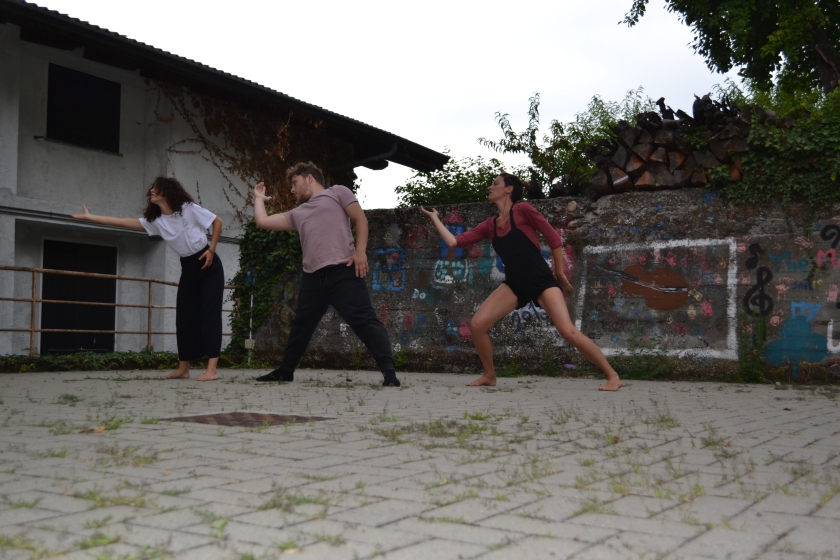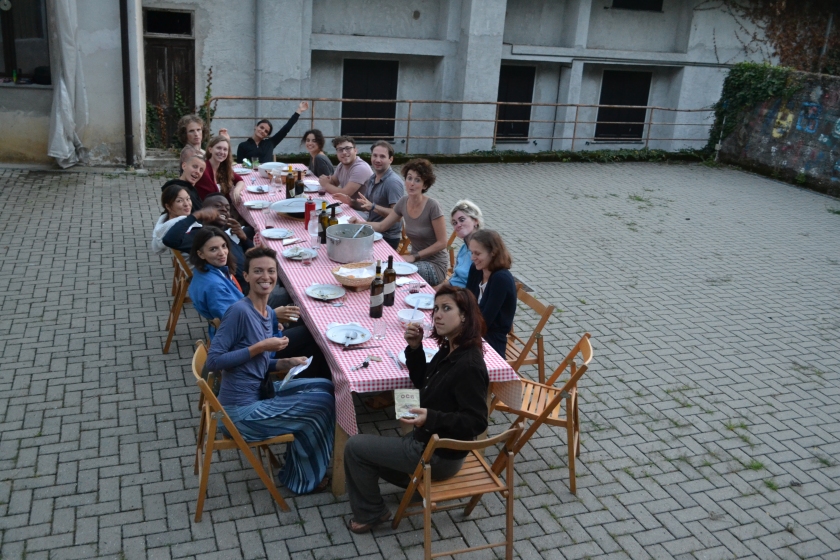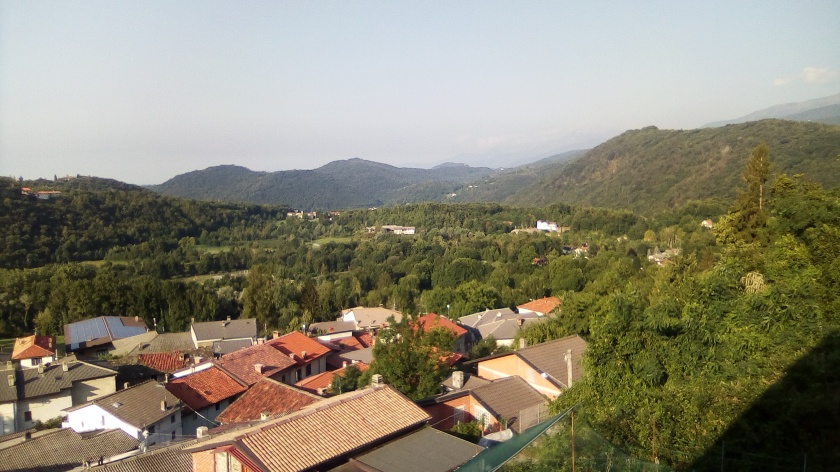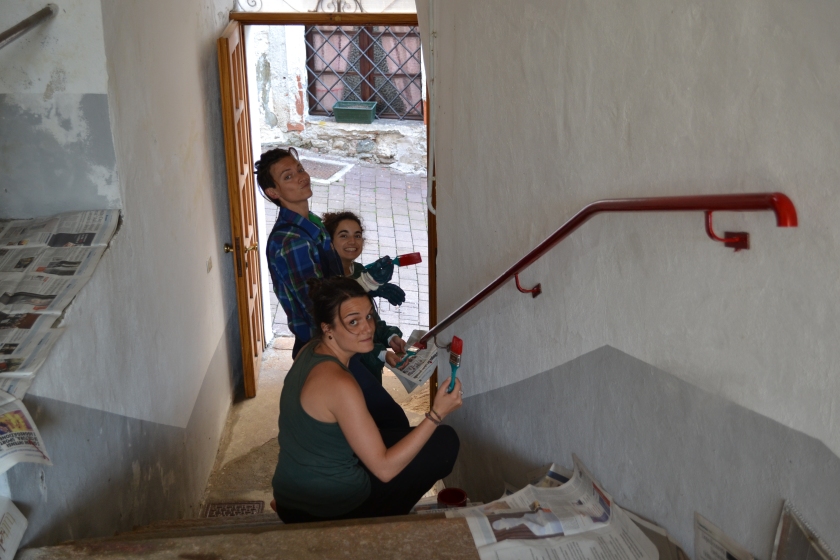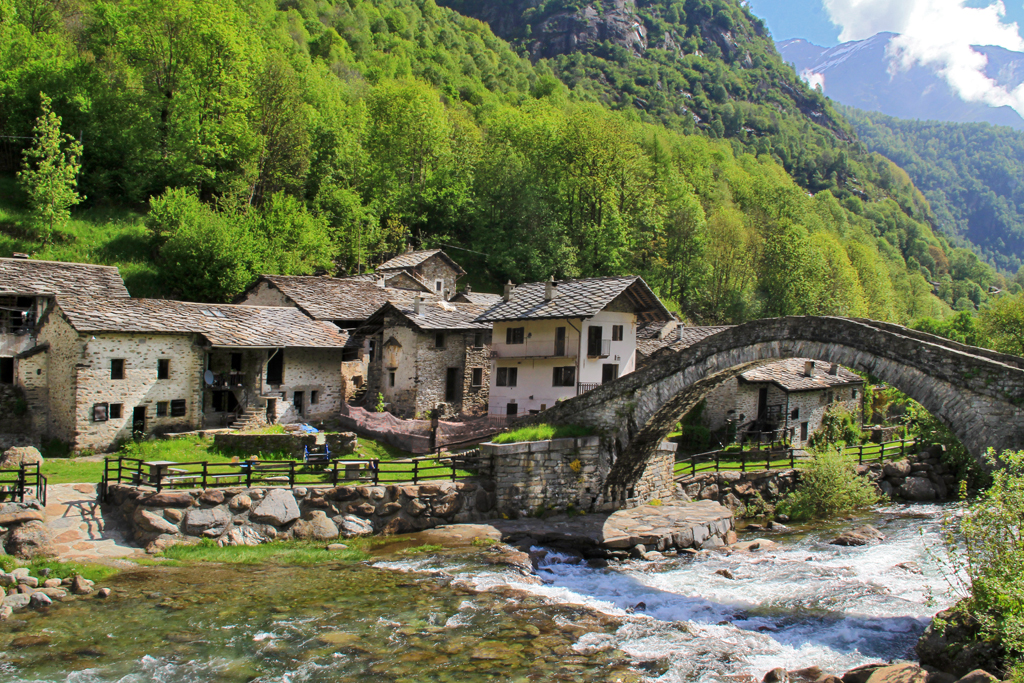Yesterday was the last day of CLASTIC Residency of Artistic Exchange. We just said goodbye to most of the artists who had to catch early flights from Turin. I’m feeling exhausted from the whole week’s hard work (and a bit hungover from last night’s party) but, above all, I am feeling extremely grateful.
Yesterday we started early with a restorative yoga session that Nicole led for the group and which sustained our energy throughout a very long day of work. We were performing at 9 pm at the ZAC (Zone Attive di Cittadinanza) and had the whole day to finish the performance.
It was a very long, difficult process but it was a necessary process. There were loads and loads of talking which is what happens when you put a group of 15 artists from 5 different countries and disciplines in the same room to create something together. We experienced working as a collective, with no director, which is not easy. Every decision was a struggle that we had to fight for; but we were all fighting on the same side and this, they tell me, doesn’t happen often. We also had the chance to really see how each artist works: there were those who went for the most practical solutions and those who liked to discuss things in depth; those who needed to have everything fixed and those who liked leaving space for improvisation… Somehow, despite all the differences, we managed to make it work.

It was also a beautiful example of skillsharing. We used the music designed by Hyenaz from the sounds we had registered during their workshop; the guys from T a n z t h e a t r e created a couple of coreographies and taught them to the group; we sang the Occitanian song that I Patom Theatre had taught us and built up the energy of the end with the flocks exercise we had done with the Biloura. The guiding thread for the performance was flowing water, which we had connected with so well in Iva’s workshop, first swimming in the river and then while standing on the bridge.

In the afternoon we got to the ZAC, which was far from anything like a conventional theatre setting. It’s a massive space all in glass, with big, concrete columns in the centre. There’s a bar in a corner, an old shop in the middle of the space and, since it’s next to the train station, ticket counters and screens announcing departing trains. The acoustics aren’t great and it was pouring down, which made it worse. The first question, then, was how to move our performance from the training room we were used to into this massive space. It was a real challenge, but it summed up perfectly the discussions we’d had during the week. Throughout the performance we experienced the true meaning of what Iva called “the co-creation with space”: the lights going off, the sound of the rain, the lighting through the windowpanes, the coughs and conversation of the audience… The space was alive and present throughout the whole evening.
At the end of the performance we invited the audience to dance with us, recalling the experience we’d had with the local band a few days ago. I got again that feeling of deep gratefulness that has come up in several moments during the week. Gratefulness for having been able to share a space and a time with all these wonderful artists. For their openness to trying new things, their enthusiasm to share their knowledge, their willingness to research deeper into our time and ourselves, their care for their work and for others, their patience and resilience and, above all, for having agreed to jump with me in this crazy adventure.
Today I feel like there are only bits and pieces left of what happened here in Valchiusella this week. But yesterday, something was created out of all those fragments that had a unique, solid structure. That shape will never be reproduced again but we leave this valley cracked and re-assembled, and we keep flowing, like the river, to form new structures that will resist well into the future.








